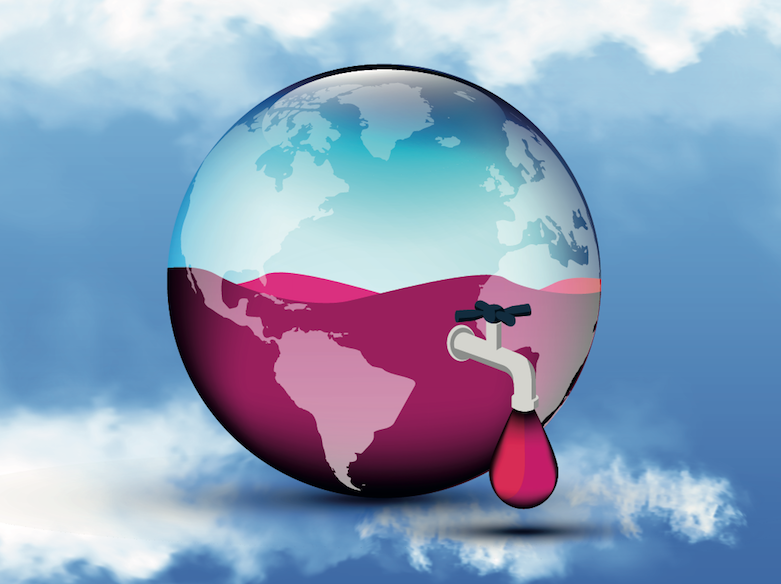
IWSR: Growth spots shine amid another tough year in 2024
Total volumes for alcohol declined by 1% in 2024 according to data from the IWSR data, as markets including the US, China, India and Europe failed to live up to forecast expectations. However, pockets of growth persist, including agave, Indian whisky and Prosecco.
Overall, alcohol volumes fell short as key markets around the world underperformed, impacted by a move away from super-premium spirits, ongoing weakness in the Chinese market and wine’s long-term structural decline.
Total beverage alcohol (TBA) volumes across the world’s top 20 markets declined by 1% versus 2023, according to the preliminary IWSR figures.
This means that TBA volumes are now 2% lower than pre-Covid-19. Over that timescale, spirits (excluding national spirits) and RTDs are the only categories to have experienced growth, with wine declining by 21%.
“On-trade closures and economic weakness prompted a 4% downturn in China TBA volumes last year, hitting the global market for beer, Cognac and, to a lesser extent, Scotch,” Emily Neill, chief operating officer of research and operations at the IWSR said.
“A vibrant Indian market had been expected to partially offset some of these losses. But, while the country certainly posted better results than elsewhere, its performance was nonetheless below expectations.”
Wine was also not immune to last year’s myriad pressures. Volumes fell 4% across the top 20 markets, dragged down by significant drops in influential markets such as the US, the UK, France and Germany. China too recorded a sizeable decline, despite the lifting of punitive tariffs on imports of Australian wine.
Neill added that: “Wine did see some bright spots of growth in some smaller, less traditional markets, but it is growth in Spain, especially in still wines, that provides some encouragement. Here, competitive pricing is winning over drinkers, reflected in the rise at the value end of the market.”
Global consumption of Prosecco also increased in 2024, boosted by its attractive price point at a time of austerity, and a consequent consumption shift from Champagne.
Spirits meanwhile were impacted by losses in the US, China and Europe. While total volumes for the category declined 3% across the top 20 markets in 2024, this figure is skewed by the long-term decline in national spirits such as baijiu in China and shochu in Japan. Stripping these products out of the data, spirits declined by less than 1% – the best category performance after RTDs and cider.
“Excluding national products, the spirits category outperformed wine and beer, but most volume growth was localised, derived from entry-level Indian whisky in its home market and value gin in the Philippines.
“The super-premium-and-above segment experienced the largest volume decline at -3% as consumers cut back on luxuries and traded down. Weak sentiment pervaded among even the most affluent of buyers,” Neill concluded.
For more of an in depth breakdown of spirits sales globally, refer to the upcoming April edition of Harpers, out in print and online next week.




